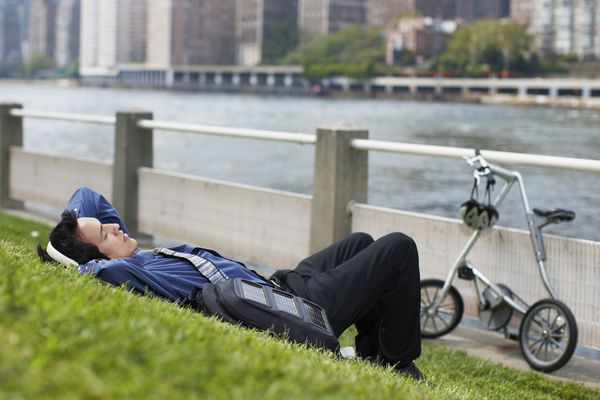Traveling the world in search of exotic destinations offers opportunities to experience bounties of diverse culture. It also offers you a chance to bring back with you a serious case of traveler's diarrhea (TD) or even worse, dysentery. That's because many countries don't have clean water for drinking and cooking.
If you travel to developing countries, you may have been warned by someone not to drink the water. Sounds easy enough, but few realize how much of what they consume comes in contact with water. With anywhere from 20 to 50 percent of all travelers becoming affected each year, TD can hit at anytime during or after your trip [source: U.S. Centers for Disease Control]. Escherichia coli (also known as E. Coli) is the main culprit. A bacterial enteropathogen, E. Coli can make you very sick and can even cause death in extreme cases. What's more, bacteria in developing countries affect 210 million children each year and claim the lives of 38,000 of them [source: Newswise]. Viral bacteria are a viable threat recognized by the World Health Organization(WHO) and the U.S. Centers for Disease Control (CDC).
Advertisement
Now that you're terrified to drink the water outside of your home, there is a solution. A device called the SteriPEN is a gadget designed to sterilize water, making it safe to drink and cook with. Resembling a large bottle of nasal spray, SteriPEN is a compact device which uses ultraviolet light to sterilize water and make it safe for drinking. So how do these travel gadgets work, and how do you choose the most appropriate SteriPEN for your needs?
In the next section, we'll look into the mechanics of how this amazing travel gadget works.
Advertisement

